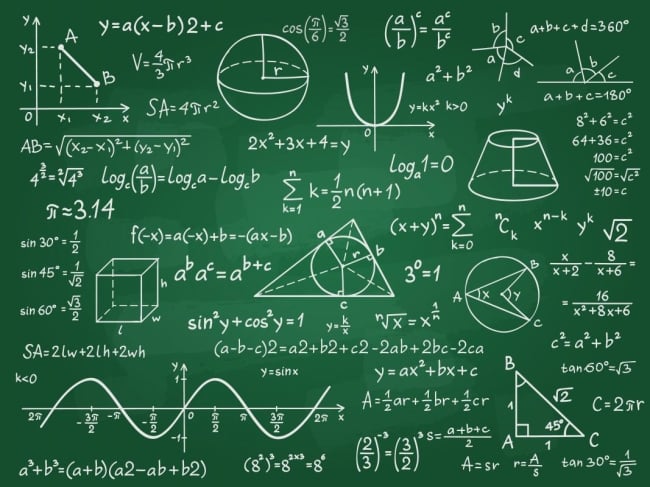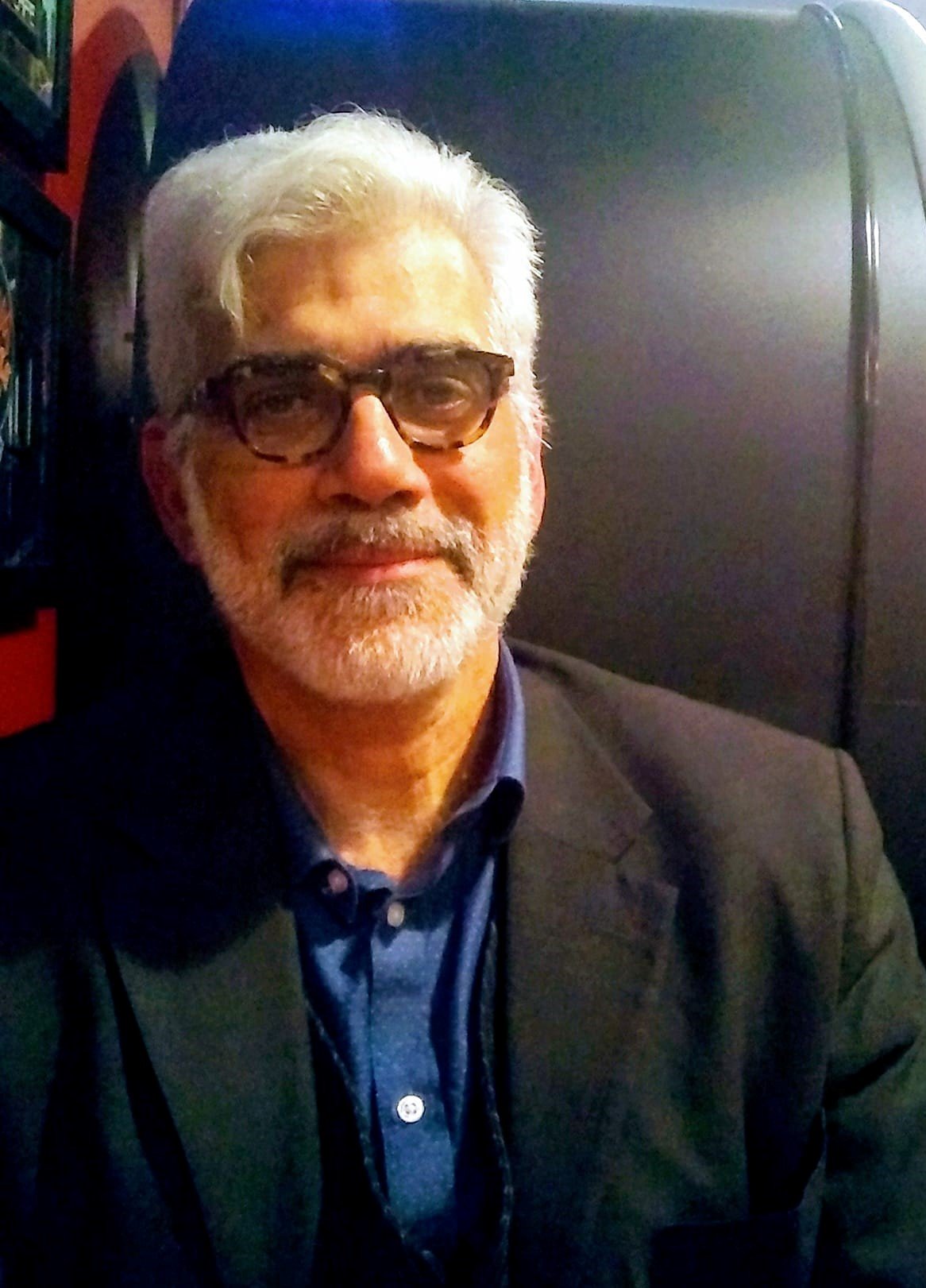You have /5 articles left.
Sign up for a free account or log in.

Tetiana Lazunova/iStock/Getty Images Plus
Leszek Gawarecki, head of the mathematics department at Kettering University, a STEM-focused institution in Flint, Mich., said the events of 2020 inspired him to create a new course on math for social justice to broaden STEM students' horizons.
The confluence of events -- George Floyd's killing by police and the protests that followed, the presidential election, the disparities in COVID infection and death rates across different communities, and the California wildfires -- compelled him to take stock of what he could do to help students better understand these problems and to "be able to critically examine claims made by the media, community leaders and political leaders."
“All these things together just prompted me to think, ‘I’m a mathematician -- what it is I can possibly do to make students better-informed citizens? What can I do?’”
 Gawarecki joined with his colleague Babak Elahi, a communications professor and head of Kettering’s liberal studies department, to create the new math for social justice elective course, which is being designed for advanced-level undergraduates who have completed at least two calculus courses and an introductory statistics course. The course, which will be offered for the first time this fall, will have four modules variously focused on climate change, elections and voting, human trafficking, and racial justice, and will include a mix of mathematical and writing assignments.
Gawarecki joined with his colleague Babak Elahi, a communications professor and head of Kettering’s liberal studies department, to create the new math for social justice elective course, which is being designed for advanced-level undergraduates who have completed at least two calculus courses and an introductory statistics course. The course, which will be offered for the first time this fall, will have four modules variously focused on climate change, elections and voting, human trafficking, and racial justice, and will include a mix of mathematical and writing assignments.
Elahi said the first step of each module will be establishing the context. For example, to start the human trafficking module, students will watch the documentary Half the Sky, which explores sex trafficking and forced prostitution, gender-based violence, and maternal mortality.
“The way I like to approach things if they’re reading or approaching something that’s more journalistic, I direct them to … look at the bibliography [to ask] what kinds of studies were cited in what you just read,” Elahi said. “Someone who put this together relied on quantitative approaches -- let’s look at those sources and see how they hold up. And that’s where Leszek steps in, in giving them the tools to be able to do that analysis. And then the third step is asking the students, what story would you tell about these numbers and what’s important to you after learning about these things?”
“I’m always looking for ways to meet STEM students where they are and invite them into the humanities and social sciences,” Elahi said. “This seemed like a great opportunity to meet our students, who tend to be more technically oriented, more comfortable with science and math than they are with humanities and social sciences, and invite them into conversations about things like social equity, social justice, but also even more importantly than that, to get them to think about how numbers and narratives are related. A lot of what we get in the news media and other sources are sort of narrative-oriented because they try to persuade us, but behind those narratives there are also numbers, and we want students to be able to go from narratives to numbers and from numbers to narratives.”
There's a growing movement within the mathematical field that is focused on creating math for social justice courses or infusing social justice topics into a standard math curriculum.
A 2019 book, Mathematics for Social Justice: Resources for the College Classroom (American Mathematical Society), explores this nexus in a series of essays and includes 14 sample classroom modules for classes ranging from college algebra to discrete mathematics.
Among the examples in the book, a module developed by Julie Beier, formerly of Earlham College, uses graph theory to explore the problem of human trafficking. A module on sea level change by Dawn Archey of the University of Detroit at Mercy, intended for a precalculus or college algebra course, asks students to model effects of climate change on a small island nation using mathematical concepts like similar triangles and function composition. A module intended for a second-semester calculus class by Bárbara González-Arévalo, of Northern Illinois University, and Wilfredo Urbina-Romero, of Roosevelt University, uses calculus to model income inequality, involving such mathematical concepts as the Lorentz curve, curve fitting and numerical integration techniques.
“To allow students to engage authentically with real-world issues -- in my experience that can be very motivating,” said Lily Khadjavi, co-editor of the book and chair and professor of mathematics at Loyola Marymount University in California.
“If students don’t realize that the tools of mathematics can be brought to bear on those areas, it’s a missed opportunity,” she said. “This will be a chance for students to be inspired by working on important and compelling social issues.”
Gizem Karaali, co-editor of the book with Khadjavi and a professor of mathematics at Pomona College in California, said colleges lose a lot of STEM students in math classes because math is often presented as a hoop they need to jump through.
“They’re not necessarily inspired by the way we teach them sometimes, and sometimes they might see themselves not represented in the types of problems posed,” she said. “They might not see themselves ever using the mathematics that they’re using in the classroom in solving the problems they want to actually solve.”
Karaali acknowledged the term “social justice” may be loaded for some people, but she said professors who don’t want to take on hot-button political topics can still engage students on social justice- and environment-related issues. She and Khadjavi use a definition from the United Nations in their book that holds that social justice "can be broadly understood as the fair and compassionate distribution of the fruits of economic growth."
“If one is willing, one can find things that are not necessarily politically challenging in their contexts,” she said.
Of course, professors could also pick politically challenging topics, she said.
“It's a challenge that some people want to take on, but I think not everybody is willing and ready to do that, and there are interesting enough problems in all kinds of topics that could satisfy people mathematically and politically.”
While many math for social justice courses are aimed at introductory math levels and designed to bring humanities and social science students into the discipline, the Kettering class flips that script.
“The broad goal of the course is to improve quantitative literacy when applied to non-engineering and science areas,” said Gawarecki. “Our students are absolutely excellent in applying math to their own areas, which is engineering or science, but we want them to step out of this comfort zone and try other things.
“At the end, the broadest objectives I can spell out are for our students to become better-informed citizens capable of exploring complex problems of their own and thus becoming better citizens in a democratic society.”




